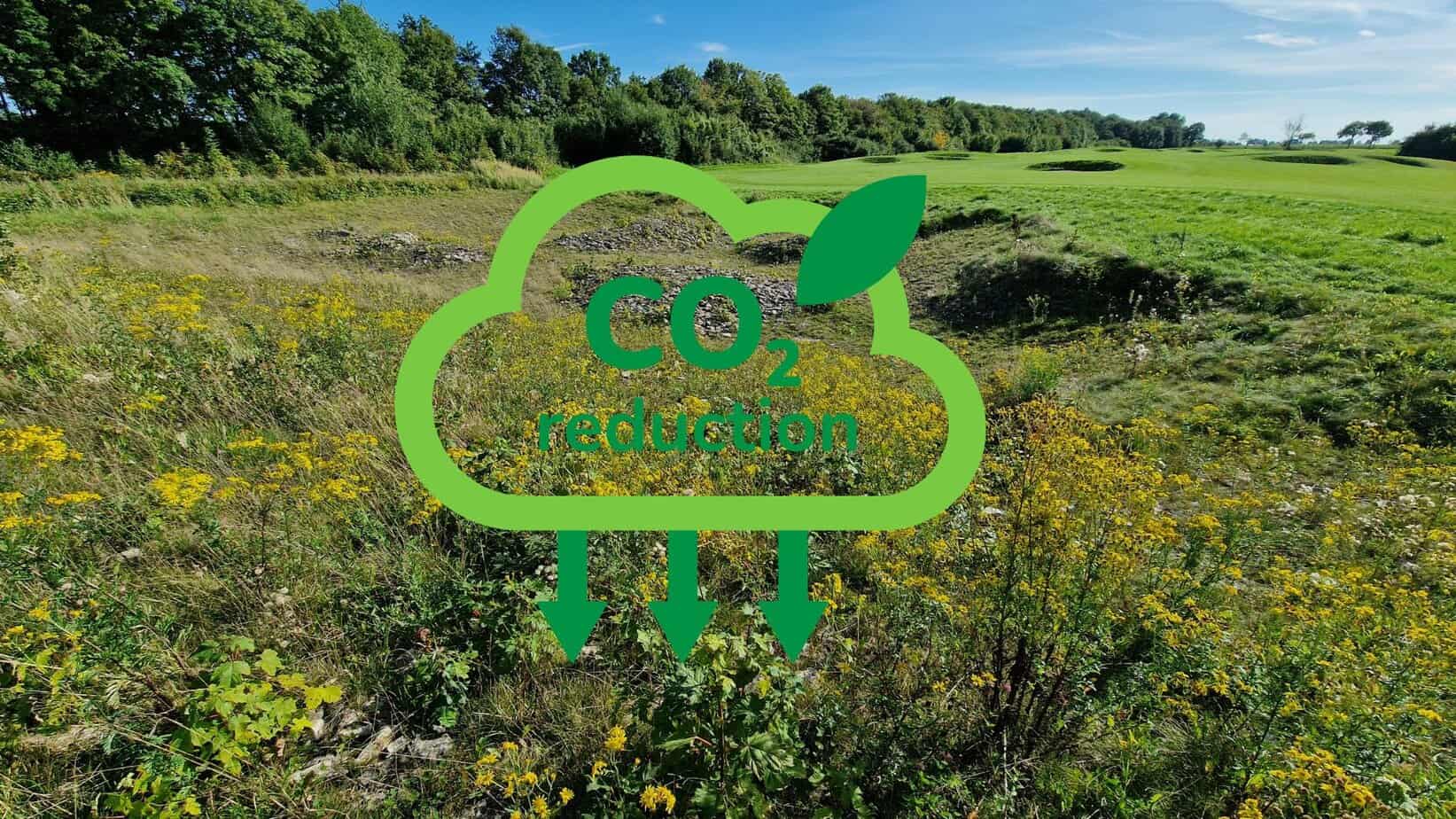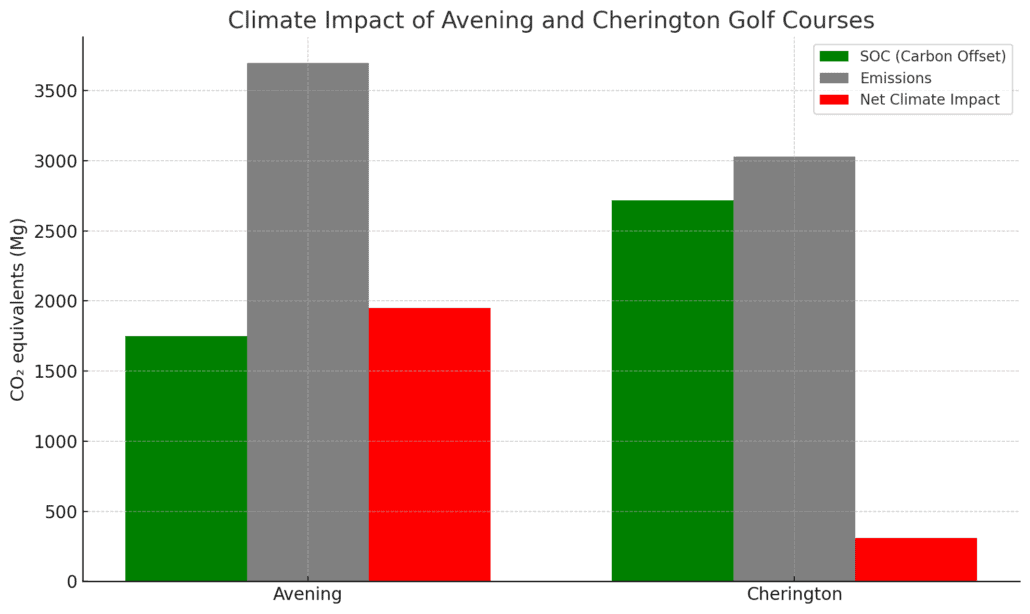CO2 study emphasizes the need for reduction on golf courses
What does the carbon footprint of golf courses look like? Although this issue is currently hardly discussed at all or only with restraint within golf clubs and associations, it is also essential for golf courses due to the need to meet global climate targets. Under the leadership of Michael Bekken from the Norwegian Institute of Bioeconomy, the practicable methods that golf courses can use to determine their soil organic carbon (SOC) stocks and the associated carbon storage are increasingly being investigated. This data should help to better understand and evaluate the net climate impact (NCI) of golf courses.
The most recent study was conducted at Minchinhampton Golf Club near Stroud, South West England. Two of the club’s courses were examined: the Avening Course and the Cherington Course. Surrounding agricultural land was used as a reference area.
Execution and period of the investigation
The first stage of a two-stage method was used, in which the organic carbon stocks on the golf courses were compared with those of the neighbouring agricultural land. The soil samples were taken in June 2023, supplemented by density measurements in July 2023. Organic carbon content, soil density, texture and organic matter were determined. In addition, the emissions from the golf course caused by greenkeeping were calculated.
The balance sheet is negative for the golf clubs
Both golf courses had higher SOC values than the adjacent agricultural areas. A positive result for the golf courses. However, the lifetime emissions from course maintenance were 3700 Mg CO₂e in Avening and 3030 Mg CO₂e in Cherington. However, the SOC-related CO₂ savings (converted) only amounted to 1750 Mg CO₂e in Avening and 2720 Mg CO₂e in Cherington. Both places, therefore, generate more emissions than they store carbon. The authors cite fuel consumption as the main source of emissions at 54%, the use of sand at 18% and fertilizer at 13%.
From the scientists’ point of view, this makes it essential to reduce emissions. “Electric utility vehicles and mowers for all areas of a golf course are widely available for golf courses today. Investing in such equipment at MGC would reduce emissions, especially given the relatively low carbon footprint of the UK electricity grid, which is itself rapidly decarbonizing.
In the UK, the authors of the study estimate that the use of electric mowers alone can reduce emissions by 85%. “Autonomous GPS-guided electric mowers are starting to be installed frequently on golf courses. While the power consumption of these new GPS-guided mowers has not yet reached the peer reviewed literature, older non-guided autonomous electric mowers that mowed a 300 m2 area consumed 0.86 kWh per week, whereas a traditional gasoline powered reel mower consumed 0.58 L per week (Pirchio et al.,2018). Using the 2023 carbon coefficient for the UK grid, this translates to 0.18 kg CO2e for the electric mower and 1.2 kg CO2e for the gasoline mower. Thus, transitioning from a gasoline to electric mower may result in an 85% reduction in CO2e emissions.
Study: Next steps toward improving estimates of golf course net climate impact-The development of a methodology for individual golf courses to measure soil organic carbon stocks and sequestration
Authors: Michael A. Bekken, Gregg Sanford, Douglas J Soldat
Universities: Norwegian Institute of Bioeconomy, Department of Soil and Environmental Science, University of Wisconsin-Madison








 Image: Petra Himmel
Image: Petra Himmel